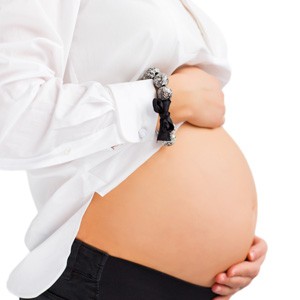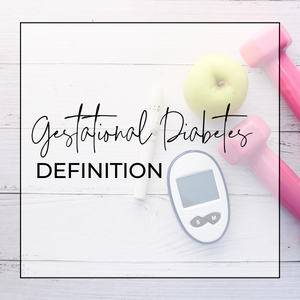Even if yo u’ve never had heartburn before, there’s a pretty good chance you’ll have it at some point during your pregnancy. Unfortunately, heartburn and pregnancy sometimes go hand-in-hand. Heartburn is more common during the second and third trimesters. Heartburn, also called acid reflux, is when the contents from the stomach are pushed back up from the stomach into the esophagus. It creates a burning sensation and can be pretty uncomfortable.
u’ve never had heartburn before, there’s a pretty good chance you’ll have it at some point during your pregnancy. Unfortunately, heartburn and pregnancy sometimes go hand-in-hand. Heartburn is more common during the second and third trimesters. Heartburn, also called acid reflux, is when the contents from the stomach are pushed back up from the stomach into the esophagus. It creates a burning sensation and can be pretty uncomfortable.
Causes of Heartburn During Pregnancy
(1) Changing hormone levels. All of our hormone levels change during pregnancy, but it is the higher progesterone levels that are the culprit this time. Increased progesterone causes the muscles in digestive tract to relax. The relaxed muscles slow down the rate at which food travels down the esophagus to the stomach, relax the sphincter at the base of the esophagus, and slow down the rate that food leaves the stomach. These three factors create the perfect environment for stomach contents to migrate back up into the esophagus. The relaxed digestive tract muscles are also the cause of constipation during pregnancy.
(2) Increasing uterus size. As the uterus expands, it pushes against other organs in the abdomen, including the stomach.
Treatments and Prevention of Heartburn During Pregnancy
- Avoid trigger foods. Some of this is trial and error to see what your trigger foods are. However, onions and garlic are frequently noted as trigger foods in addition to foods that are spicy or fried/greasy. Caffeine can also bring on heartburn for some women. Pay attention to what causes heartburn in YOU, and avoid those individual foods.
- Eat more frequent, smaller meals rather than eating 3 larger meals per day. The reason for this is simple. Smaller, more frequent meals mean there is less food in the stomach at any given time. Having less food in the stomach makes it is less likely that some of it will make its way up into the esophagus.
- Don’t lie down right after eating. Think…gravity. You want to make it as easy as possible for your meal to move through your esophagus and stomach. Give yourself a good 20-30 minutes before lying down. This can be tough if you’re on bedrest. So, if you’re on bedrest, put a few pillows under your head & shoulders to create an incline (again…gravity).
- Over-the-counter antacids (such as Tums) are typically safe during pregnancy. Talk to your doctor about taking any medications during pregnancy.
- Try adding a glass of almond milk. This suggestion might be a bit out of the ordinary, but here’s why it might help. Calcium is added to almond milk in the form of calcium carbonate. The active ingredient in Tums is calcium carbonate. Note: if you’re making your own almond milk, it won’t have the same effect since it’s not fortified with calcium!
- Wear comfortable clothing. Tight clothes can compress the abdomen and put pressure on the stomach. In addition to being uncomfortable, it can encourage stomach contents to pop back up into the esophagus…exactly what we’re trying to avoid!
- Be familiar with the weight gain recommendations and stay within them. Easier said than done… I know. But, excess weight gain can put more pressure around the abdomen and stomach. See the table below for weight gain recommendations. You’ll need to know your BMI (body mass index) to use the table below. Use your pre-pregnancy weight, and calculate your BMI here.
The good news is that the heartburn goes away after delivery!
Photo credit: Can Stock Photo





